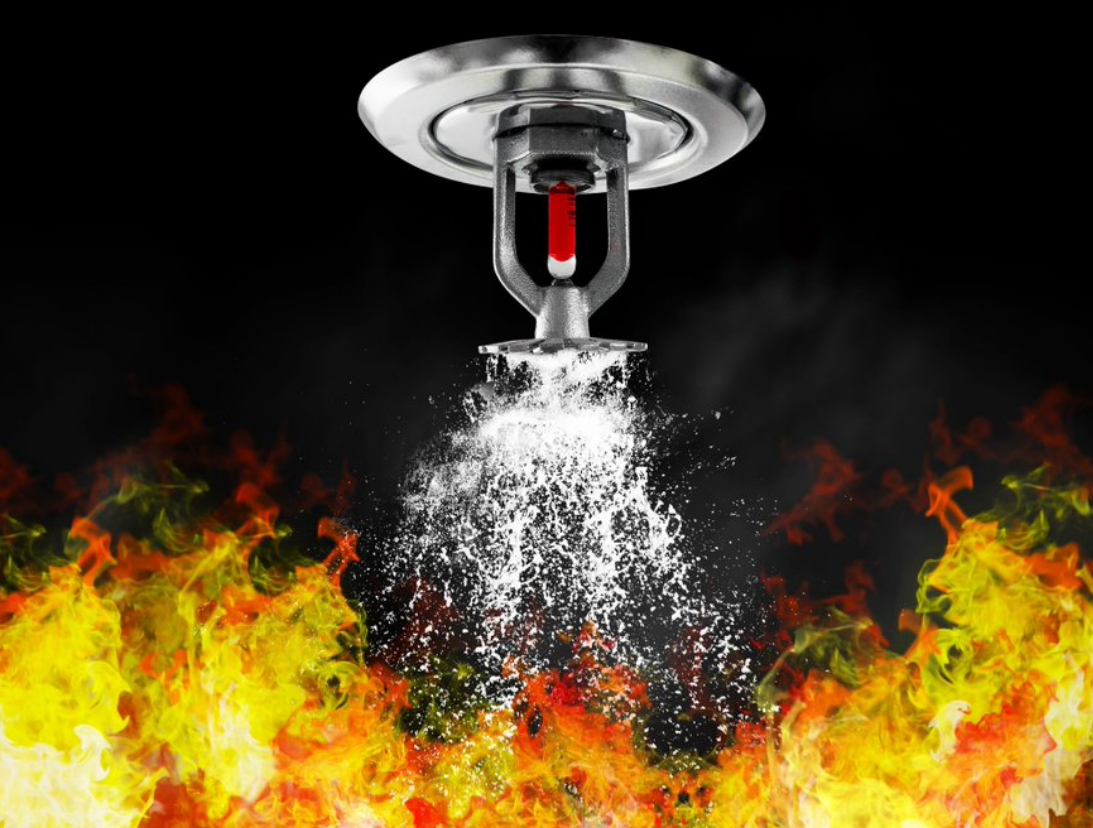Fire sprinkler systems are one of the most effective varieties of fire safety available. They react quickly to fire, protecting lives and assets earlier than the fire department arrives on the stage.
If you also need a fire sprinkler system anytime, you can contact aura fire safety for help.
Do You Recognize The Different Kinds Of Hearth Sprinklers Available?
You’ll want to select the proper fire sprinkler system that addresses your needs. Wet pipe, dry pipe, pre-action, deluge, ESFR, and In-Rack Sprinklers are distinct fire sprinkler systems. These systems assist in preventing flames from spreading and reduce furnace risk. The main distinction between these fireplace sprinkler systems is their applications and how they trigger.
Wet Pipe Fire Sprinkler System
A moist fire sprinkler system is one of the most frequent options for a fire sprinkler system. In a moist fire sprinkler system, water remains in the pipeline. When a hearth generates, the heat generates the core of a sprinkler head to burst. In a wet hearth sprinkler system, not all sprinkler heads activate as soon as — only those uncovered to fire will release.
It helps to reduce injury and contain any damage to solely the building’s area where fireplace risk is present.
Since water is present in the system, amenities must keep a temperature of at least forty degrees.
It is found in workplace buildings, schools, and high-rise buildings with ordinary risk.
Dry Pipe Fire Sprinkler System
Wet pipe structures and dry pipe sprinklers refill with nitrogen or pressurized air. The air pressure has a dry pipe valve shut and has water from getting into the system. When a fire sprinkler notices a sudden temperature amplification, it activates then the air pressure drops in the system. It motives the dry pipe valve to open and floods water into the dry pipe fire sprinkler system. Since dry pipe fireplace sprinklers have no water, these are ideal in areas subject to freezing temperatures. Unheated warehouses, parking garages, and attic areas often utilize this hearth protection system.
Pre-Action Fire Sprinkler System
Pre-action fire sprinkler structures filled with air and water are allowed to pass through when the smoke alarm or detector goes off. This machine needs to start the water flow. It helps that the pre-action hearth sprinkler can be set to prevent water from sprouting in case of a false alarm or a mechanical failure.
The pre-action system makes use of those places where the sprinklers are solely necessary when there is an actual hearth and other items in the construction do not get water damage from an unintended sprinkling.
Deluge Fire Sprinkler System
High-risk amenities utilize deluge fire sprinkler structures since the open-style sprinkler heads can release water fast. Unlike the different fire sprinkler systems, these sprinkler heads always continue to be open and start all at once. These systems additionally have no water or pressurized air. Once a smoke detector notices smoke or heat, It allows water to launch from each sprinkler head. When highly flammable cloth catches fire, it can grow and unfold immediately.
Thus, facilities like aircraft hangars, industrial plants, and manufacturing groups require a fast-acting deluge fire sprinkler system.
◇ There are some main kinds of fire sprinkler systems. Depending on the type of facility, the risks present help determine which kind of fire sprinkler will give exceptional protection.
Esfr
Early Suppression Fast Response systems are the best desire for warehouses. These can be used in place of in-rack sprinklers to give higher protection and avoid unintentional discharge. An ESFR system is a high-volume, high-velocity system positioned in the ceiling to protect storage sites.
In-Rack Sprinklers
In-rack fire sprinklers are used in warehouses to comprise fires in a small area and prevent the complete storage area from being ruined by a fire. These sprinklers are found close to storage areas.

